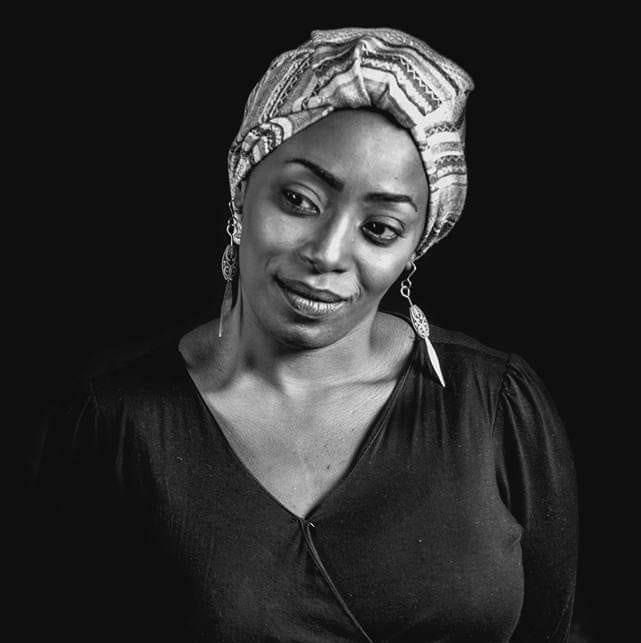Trigger Warning and Disclaimer: the content that you are about to read contains graphic and sensitive experiences. The opinions and opinions expressed in this piece solely reflect the author's views and not Andariya's. Reader discretion is advised. Read our full editorial notice here.
They left, their memories weren't embroidered with a homeland...
They said, there, on the sidewalks, homelands are sold...”
“Abd Al-Hafeez Al-Abed”
The concept of homeland today varies among Sudanese people dispersed across different parts of the world—between displaced individuals, refugees, and asylum seekers. It is a contrast between a migrant following the news of death, disease, and hunger affecting their relatives who still suffer within the homeland under the fires of the April 15 war, and someone on the borders of a country waiting for permission to enter. It is also the case of students who do not know when this war will end so they can complete their academic year, hoping that through it, they may glimpse a better future.
It is the story of fathers and mothers gazing toward the sky, praying and supplicating that one day they can return to their homes. According to the UN Refugee Agency's statistics, the number of internally displaced persons, and refugees abroad is estimated to be no less than 12 million people. This is a very large segment of the Sudanese population, who have been burdened by the weight of war, veiling them with the curtain of displacement and waiting for the unknown.
In this article, we embark on a journey through the stories of Sudanese refugee artists in Uganda who use art as a tool to create a bridge of communication between the diverse Sudanese and Ugandan cultures, in an attempt to introduce Ugandan people to the Sudanese community and highlight the impact of war on them.
When art becomes a tool for freedom and a gateway to safety
"On the morning of April 15th, I had nothing in my hands but the transformation from a filmmaker to a visual journalist and reporter from within the capital, Khartoum, covering the events of the conflict. Until it became increasingly difficult to continue my journalistic work. I moved to Madani, the capital of Al-Jazeera state, amid the return of the previous dictatorial regime under the umbrella of war, which left us with no choice but to leave Sudan after a 90-day attempt to endure and resist under bombardment and gunfire. During that time, I became convinced that there was no room for movement, as neither side respected the rights of the press and journalists." Mohamed Al-Taj
Mohamed Al-Taj moved to the Ugandan capital, Kampala, where his artistic journey began, specifically at the "32° East" art center. This cultural center supports artists from various countries by providing them with a space to create and showcase their works to the Ugandan community.
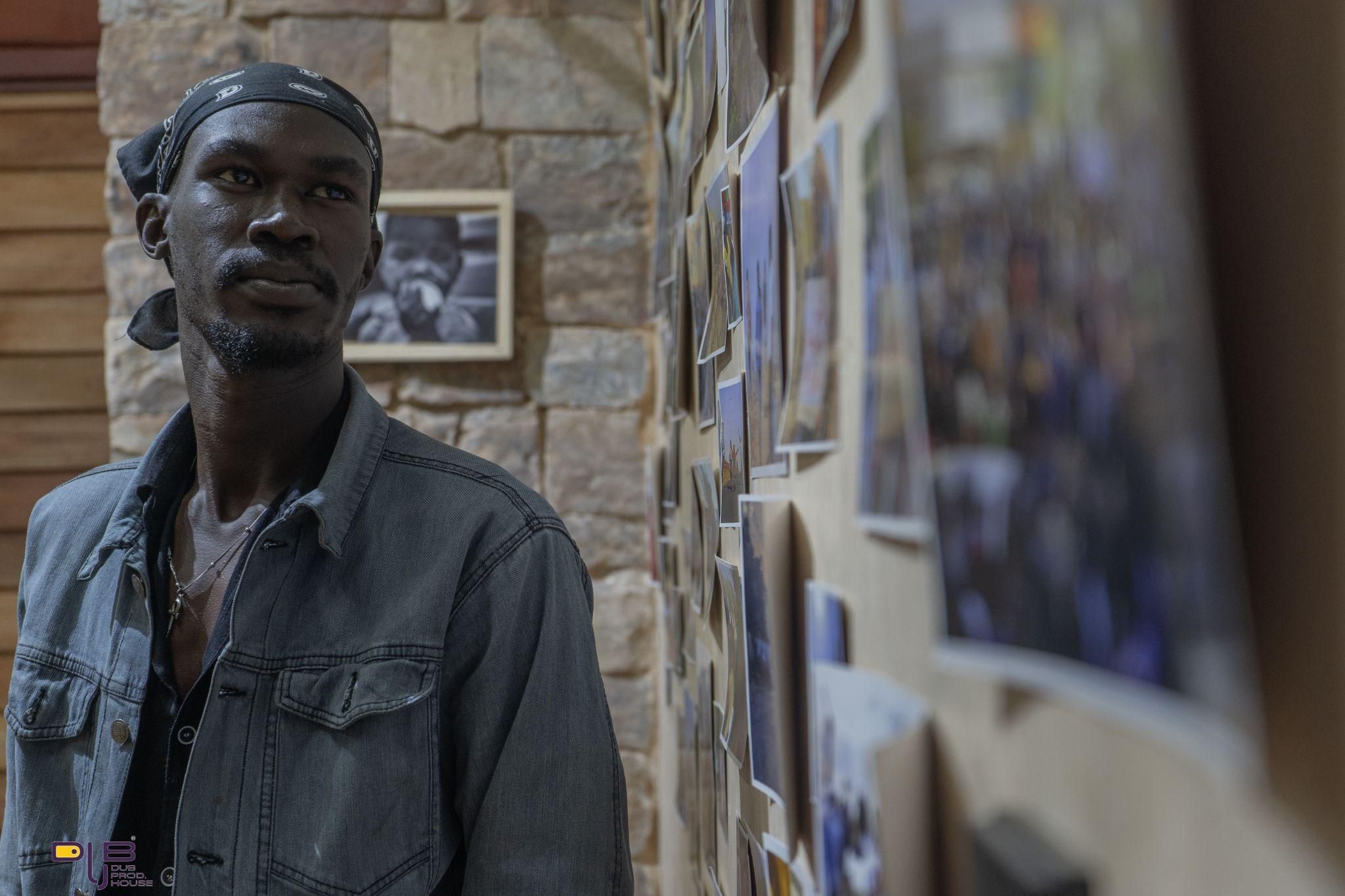
32° East Art Center Exhibition Kampala Uganda 2024 - Source: Mohamed El Taj
Through the artistic residency granted to him, Mohamed Al-Taj was able to hold his first photography exhibition outside Sudan. However, he could not free himself from the burden of his generation’s hopes and struggles, particularly those who were part of the December Revolution—a revolution that history will remember for the numerous obstacles it faced, including a military coup that undermined the principles of the revolution: freedom, peace, and justice.
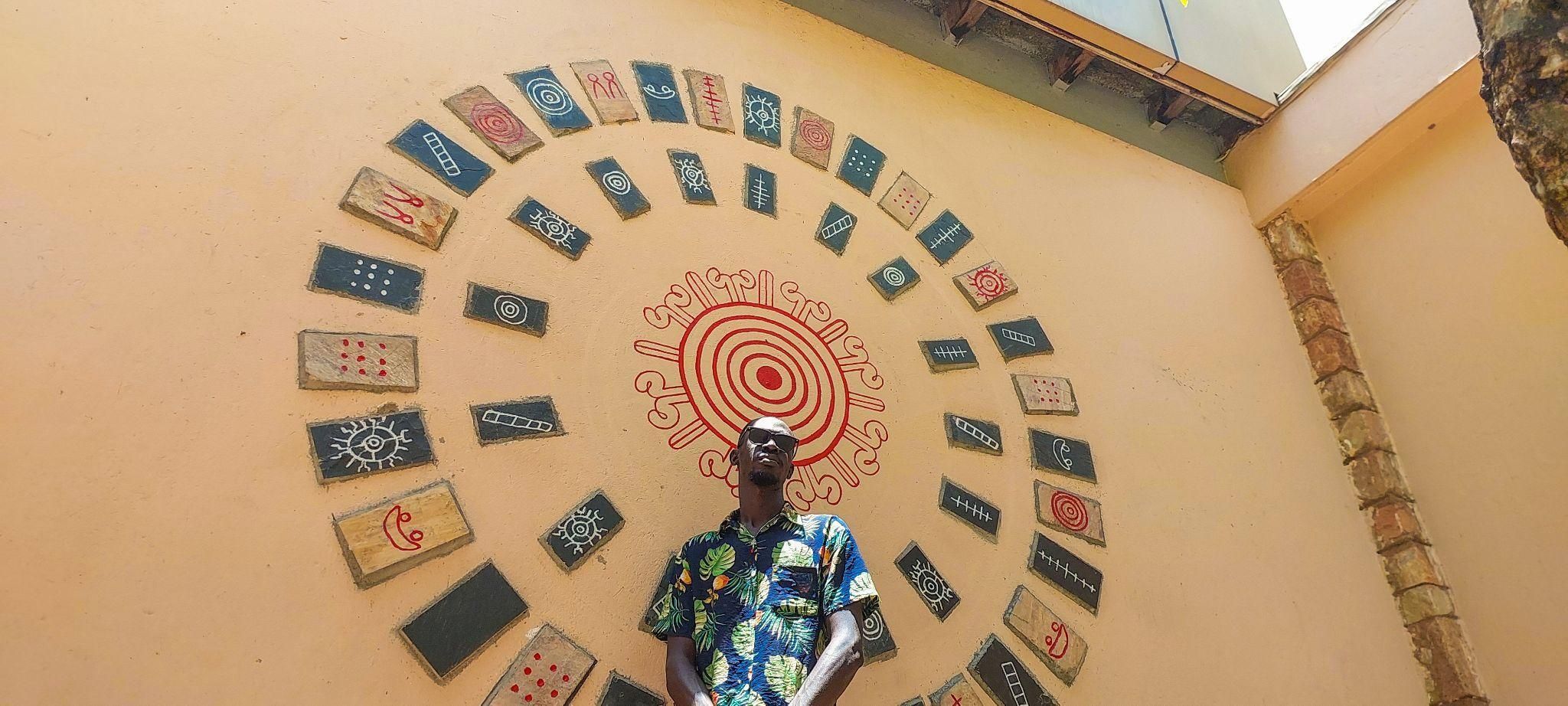
Makerere University Exhibition 2024 - Source: Mohamed Al-Taj
Mohamed Al-Taj's exhibition portrayed a panoramic photographic narrative that depicted important milestones from 2019 to 2022. Through a collection of simple yet powerful images, he managed to capture the essence of this period, navigating through the deteriorating security situation and the constant targeting he faced as a journalist under pursuit, as well as a revolutionary wanted by the repressive security forces.
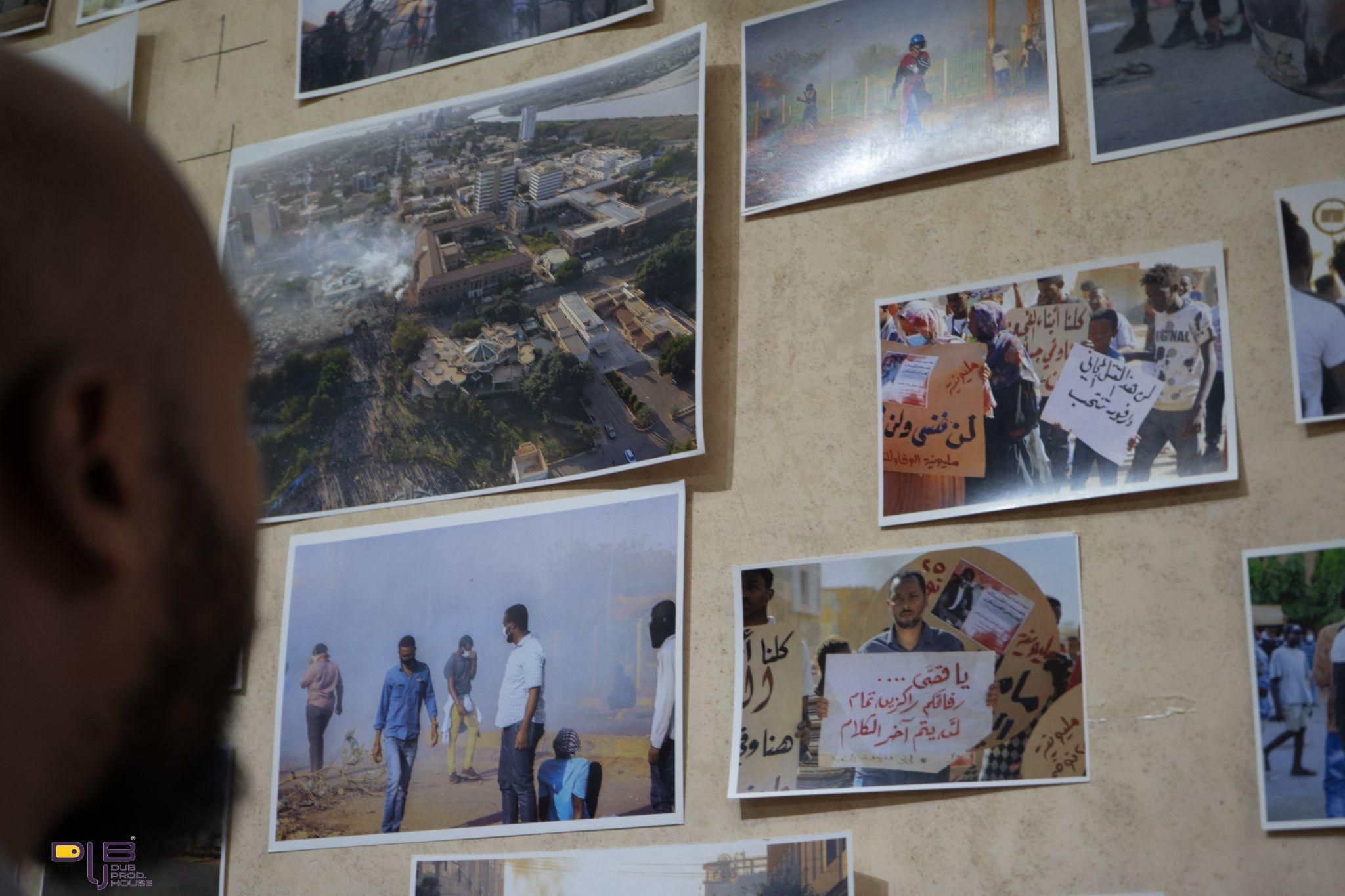
32° East Art Center Exhibition Kampala Uganda 2024 - Source: Mohamed El Taj
What every visitor to the exhibition found was a memory that the ruling regime had tried to erase, and the demands for which martyrs, both men and women, sacrificed their lives—young, devoted souls from the best of Sudan’s youth. Through the exhibition, Mohamed Al-Taj was able to direct the attendee’s attention to the peaceful nature of the Sudanese people and their steadfastness in pursuing their demands. This stood in stark contrast to the messages of hate speech and the reinforcement of ethnic divisions that dominate the media and undermine the unity of Sudan’s diverse peoples.
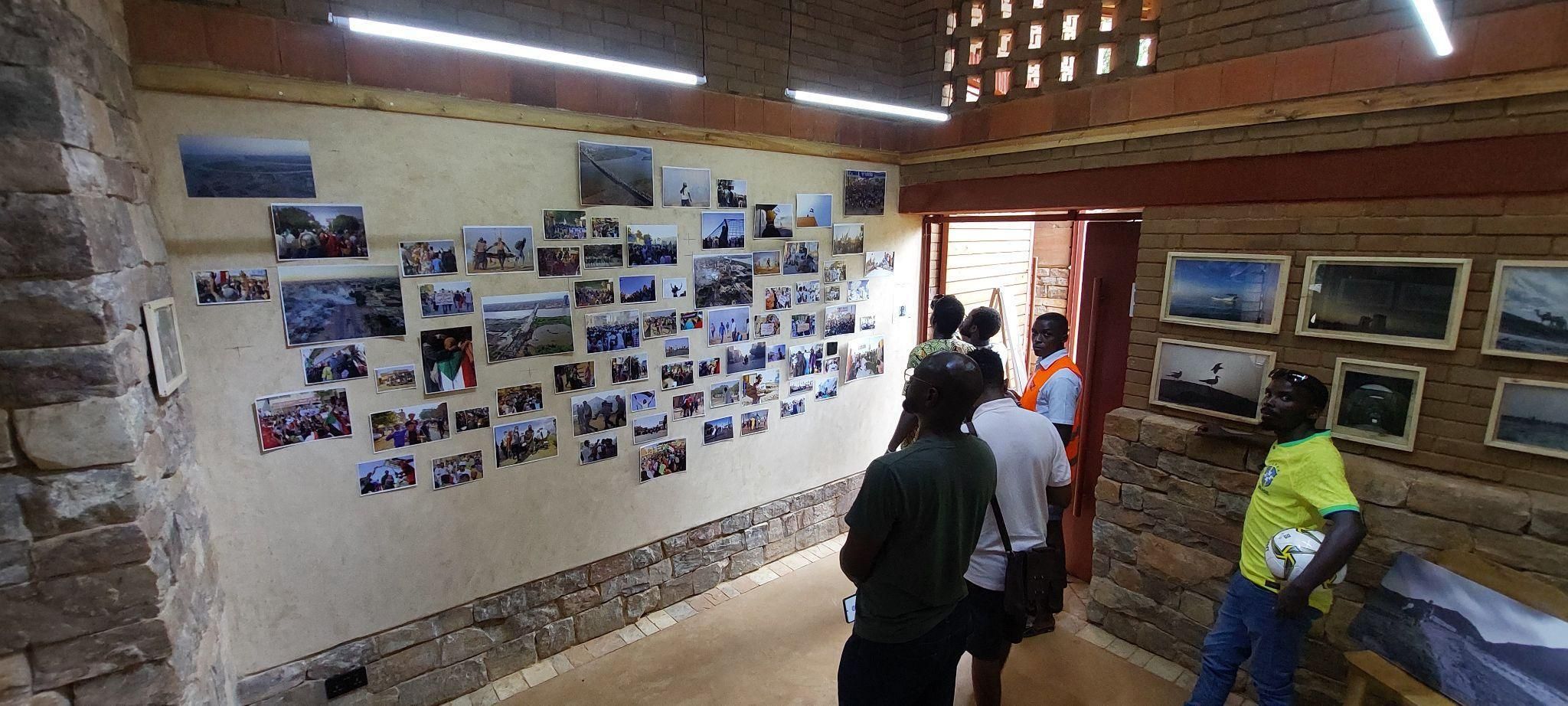
32° East Art Center Exhibition Kampala Uganda 2024 - Source: Mohamed El Taj
Through visual arts, Mohamed Al-Taj was able to convey the messages of love, peace, and freedom that the revolutionaries carried in the streets. His exhibition provided a true understanding of the December generation and, through it, he sent a strong message opposing war and hate speech.
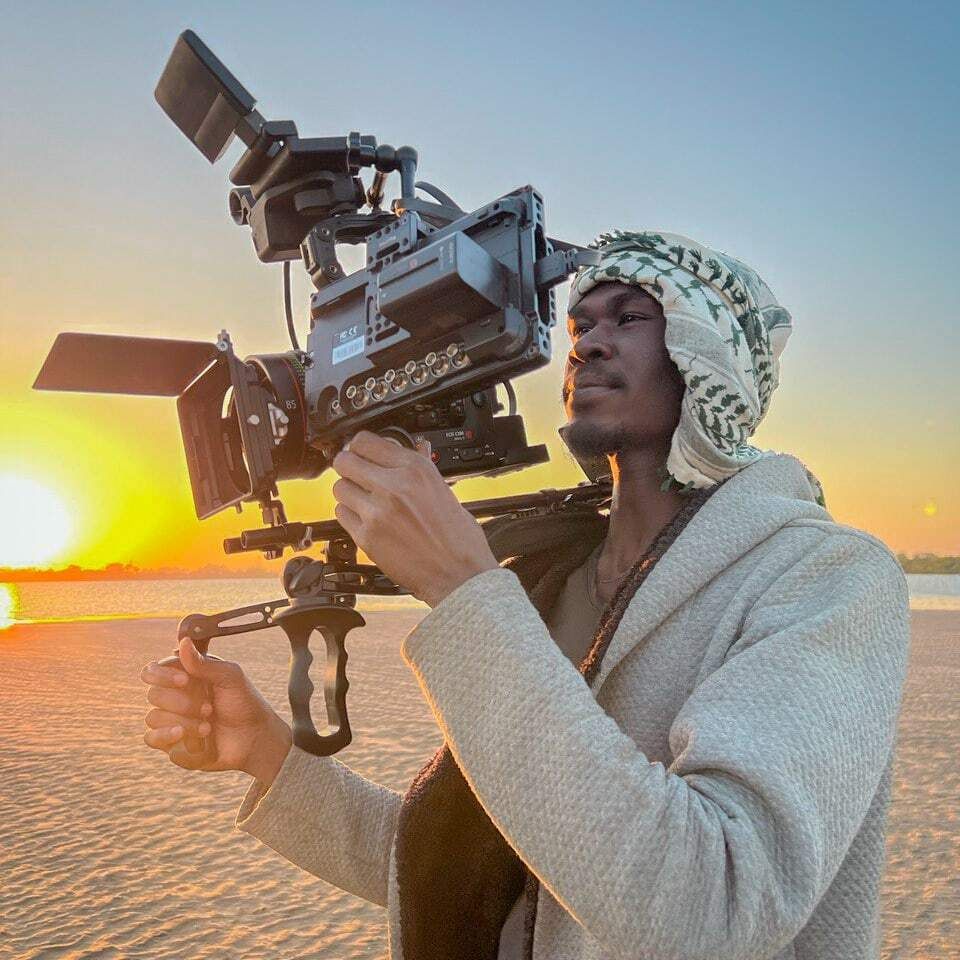
Mohammed Al-Taj - Photography by Mosaab Alaa
26 Days of Resilience
The Ugandan capital hosted several Sudanese refugee artists from various backgrounds and artistic schools, among them the 19-year-old photojournalist, Ammar Yasser, who endured a difficult journey of displacement, which he managed to document with his mobile phone camera. Ammar was awarded fourth place in the Ian Parry Photojournalism Grant for his photographic project titled "26 Days", despite the challenges of photographing in the streets of the town of Renk in South Sudan, where carrying a camera was nearly impossible.
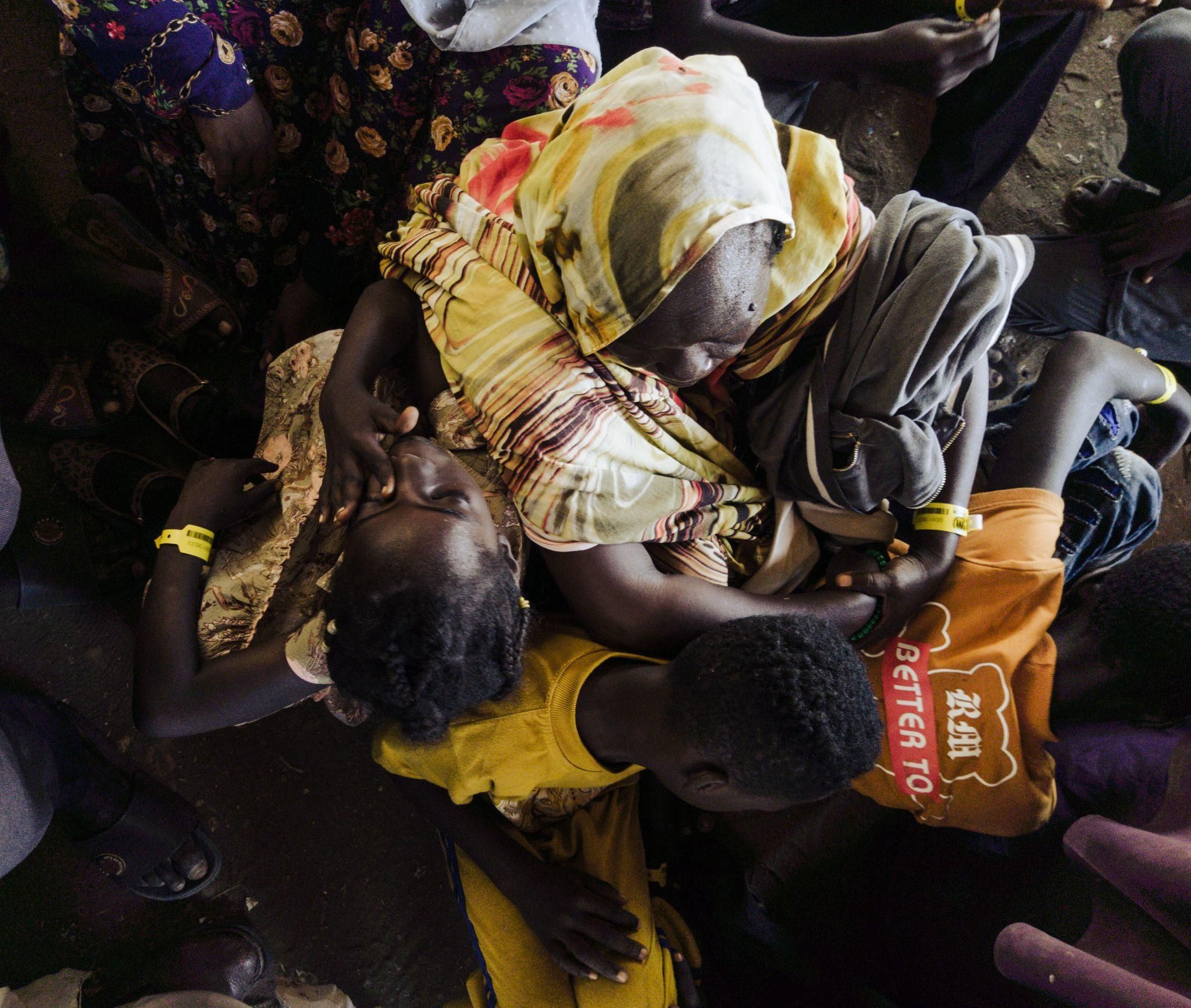
26 Days Project - Source: Ammar Yasser - Image titled "Waiting"
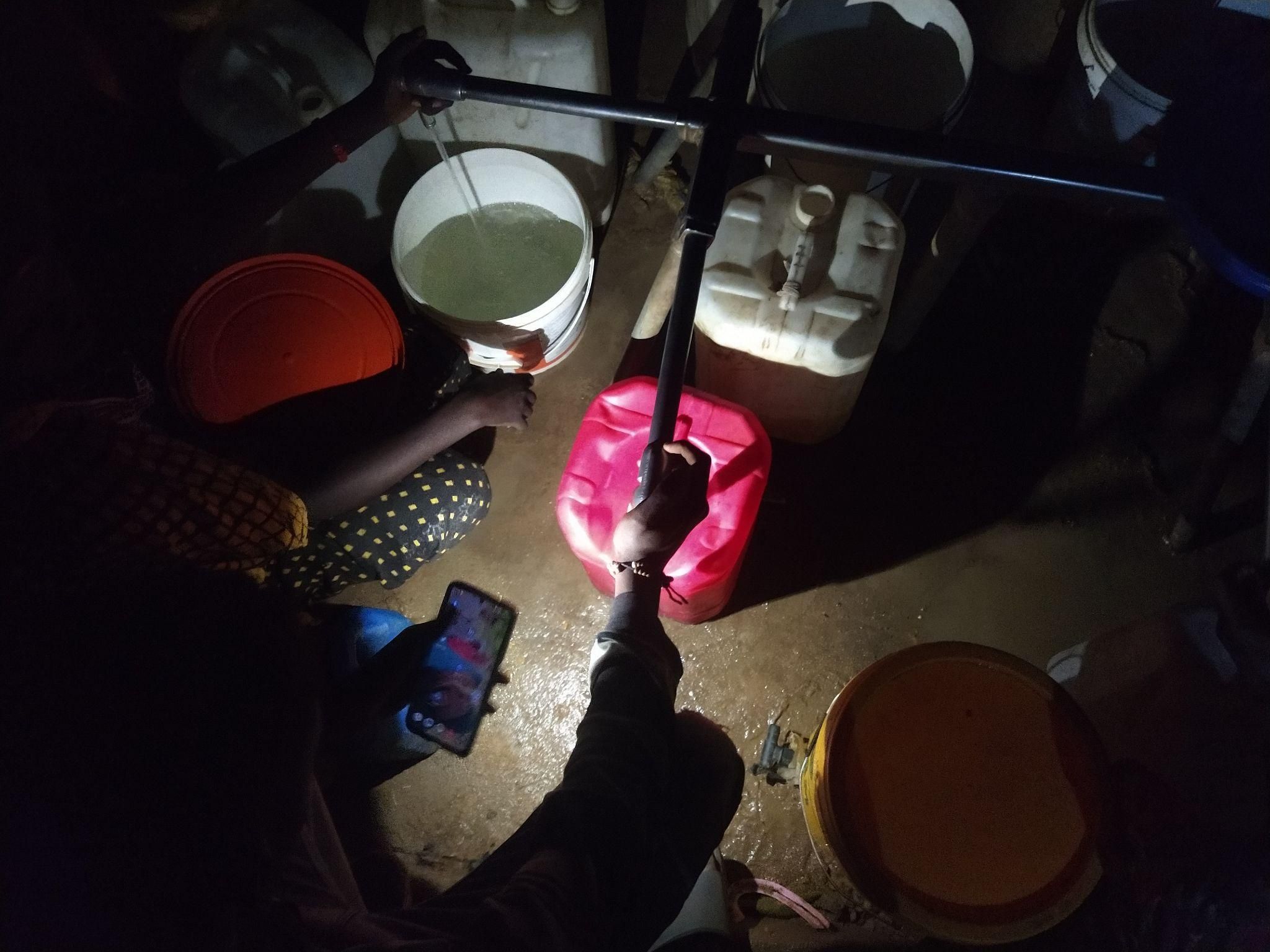
26 Days Project - Source: Ammar Yasser - Image titled "Searching for Water"
Through his photographic project, Ammar Yasser narrates the hardships of life in the camp and the resilience of the youth, both young men and women, as they await the chance to leave and seek refuge in neighboring countries.
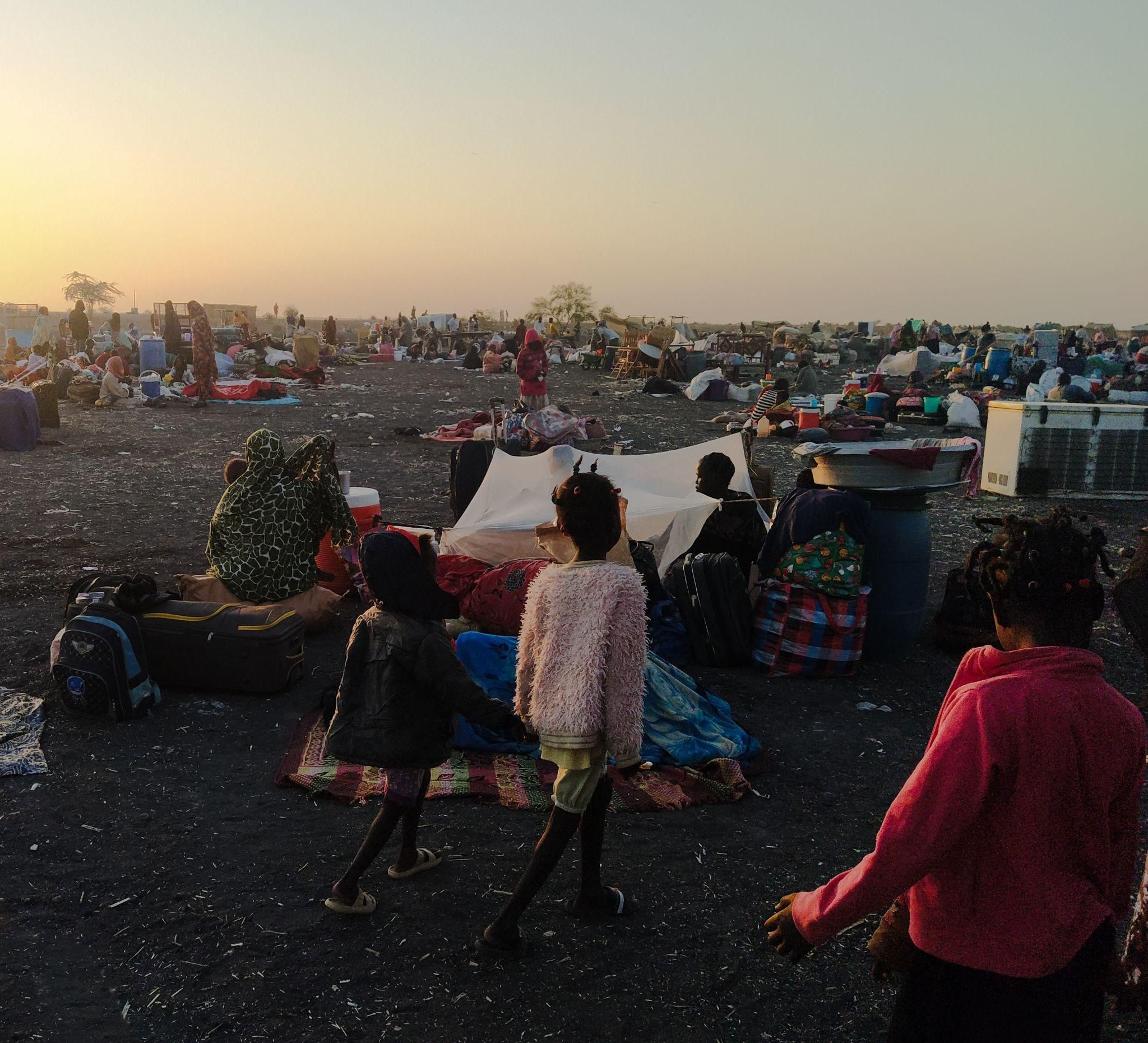
26 Days Project - Source: Ammar Yasser - Image titled "Waiting Area"
Upon arriving in Kampala, Ammar Yasser visited the Uganda Press Photo competition exhibition, where his photograph, titled "Tadarob" ("Conflicted"), was prominently displayed as the second-place winner. The photo portrays the psychological suffering of the youth following the war that erupted on April 15th in Sudan.
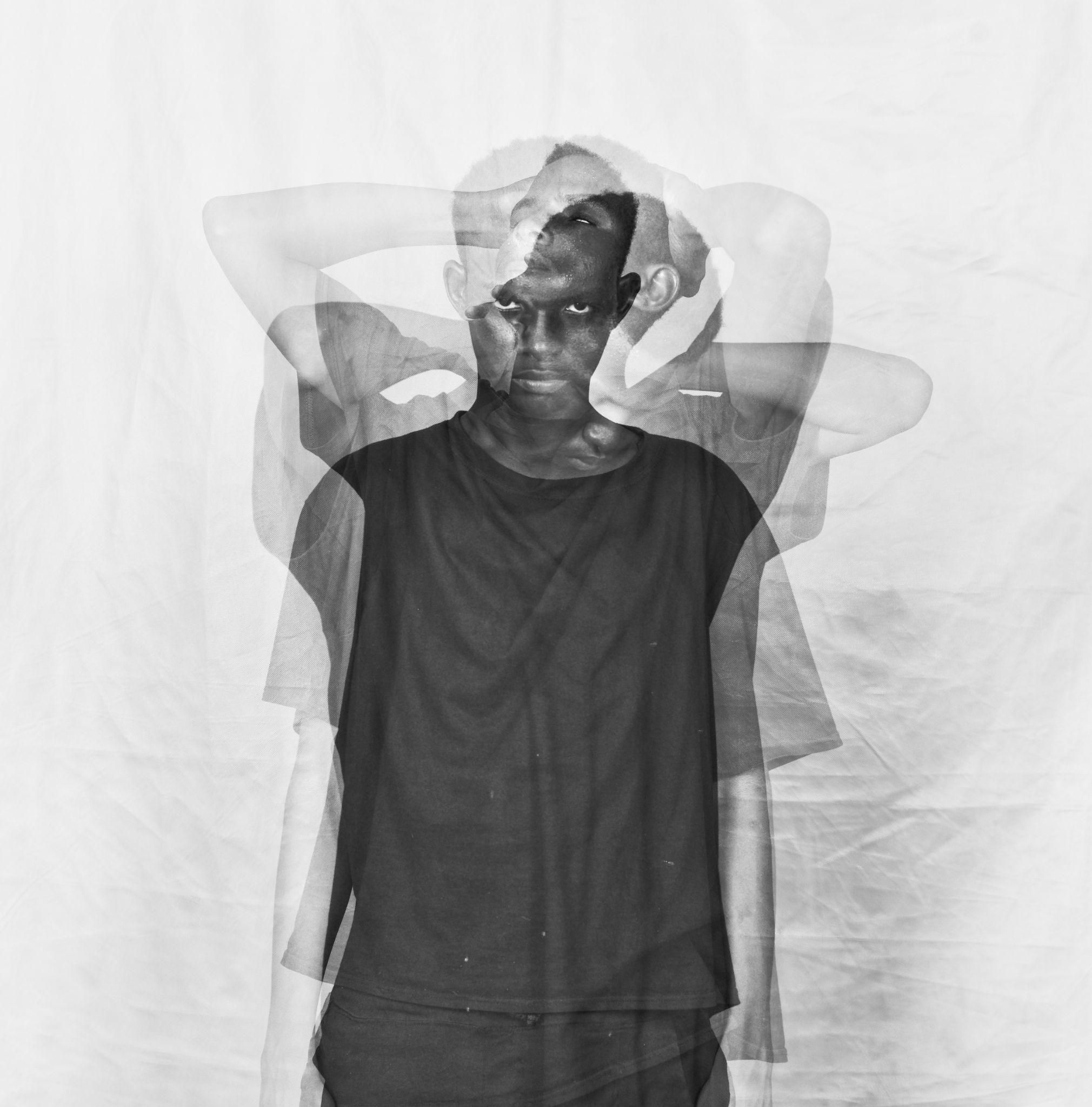
Second place winning photo "Conflicted" - Source: Ammar Yasser
Ammar states that this annual award holds high competitive value in East Africa, with artists bringing their most innovative and up-to-date photography techniques. What fills him with pride is that six Sudanese photographers from refugee countries won six out of the nine photography awards.
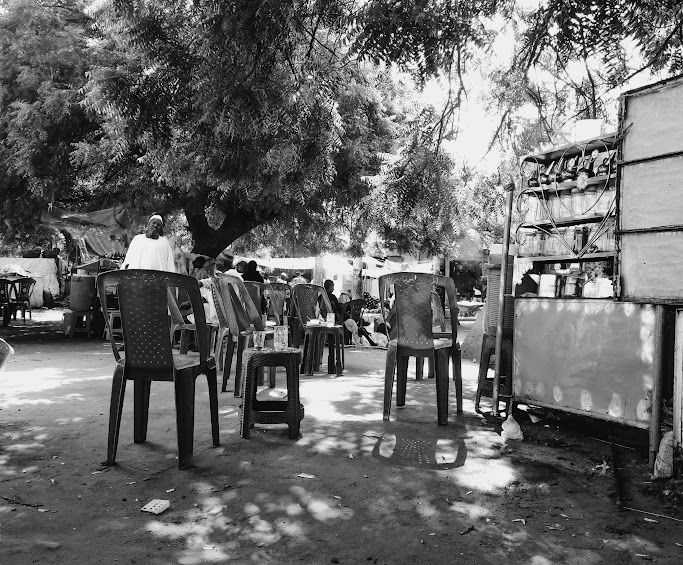
"Chairs and Stories" Project - Source: Ammar Yasser
Ammar, the creator of the "Searching for a Homeland" project, hopes that he will be able to hold a photography exhibition in the Ugandan capital, Kampala. Through this, he aims to introduce the Ugandan community to what Sudan was once like and the current state of affairs, to create a space for knowledge and a bridge of communication between the Sudanese and Ugandan people in general and his community of artists in particular. While he believes that music is an easier and faster means of communication, he also believes in the powerful impact of photography. He is fully aware of his responsibility as a refugee photojournalist in a neighboring country to play a key role in communicating and documenting.
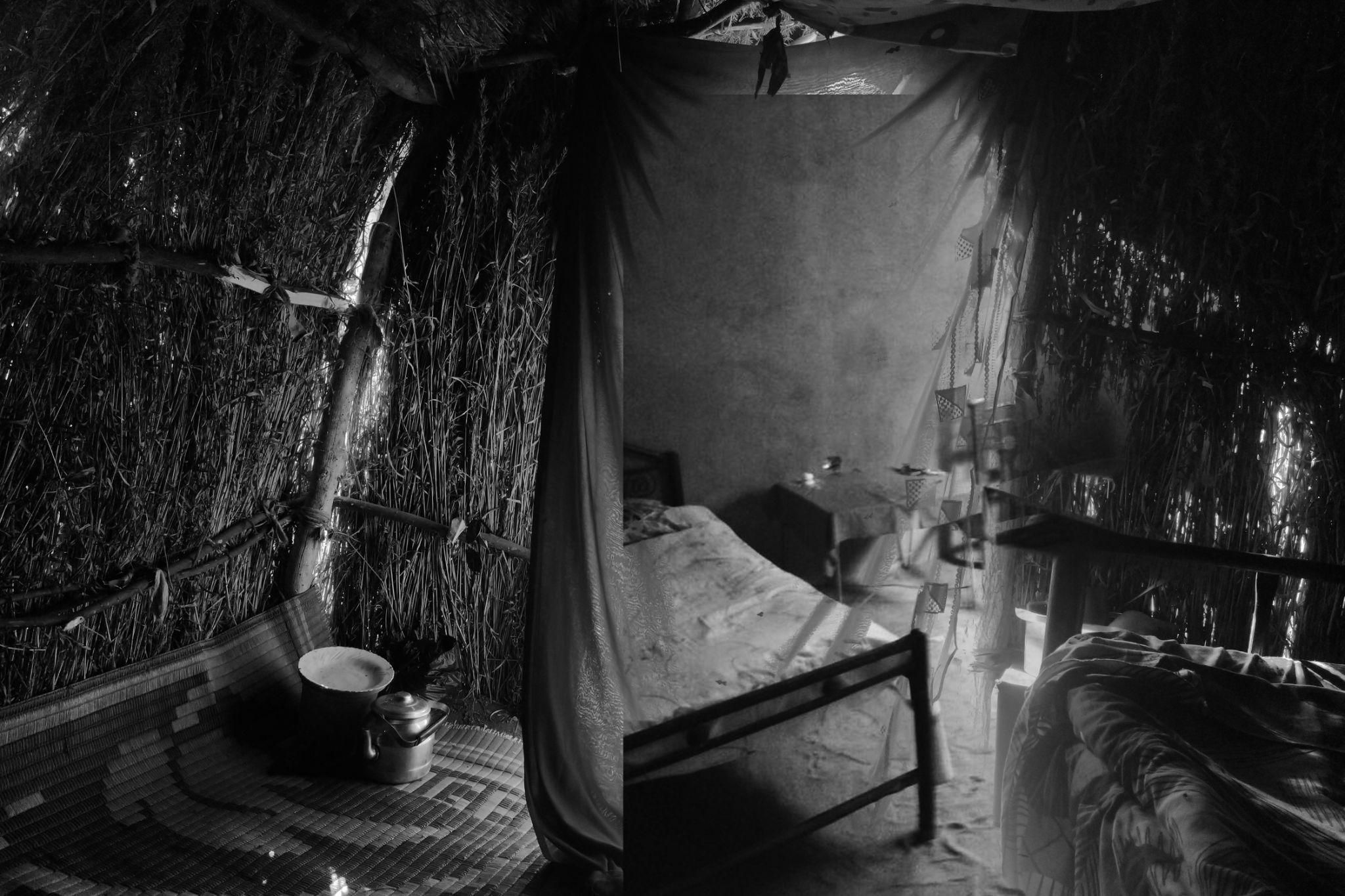
“Searching for a Homeland” Project photo titled "Almost a Home" - Source: Ammar Yasser
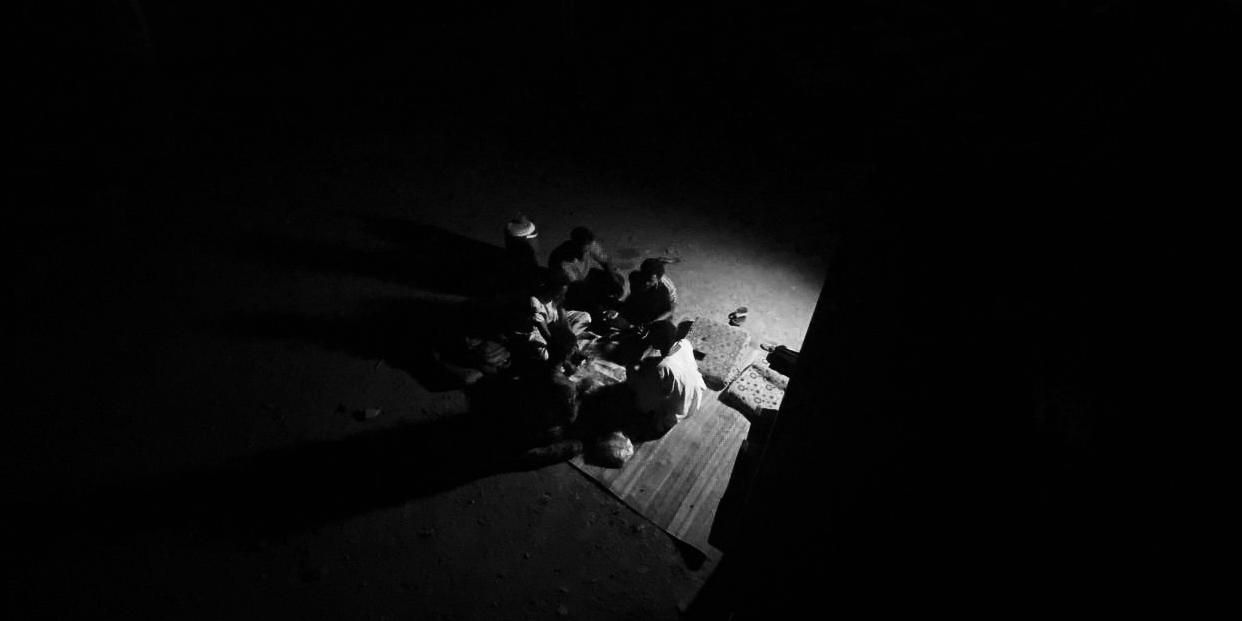
“Searching for a Homeland” project a photo titled "Reunion" - Source: Ammar Yasser
Murals of Hope and Interculturality
The same hope of creating a cultural extension and making artistic coexistence a message that Sudanese refugee artists convey to the world is what visual artist Hamza Haroun carries with him in Uganda.
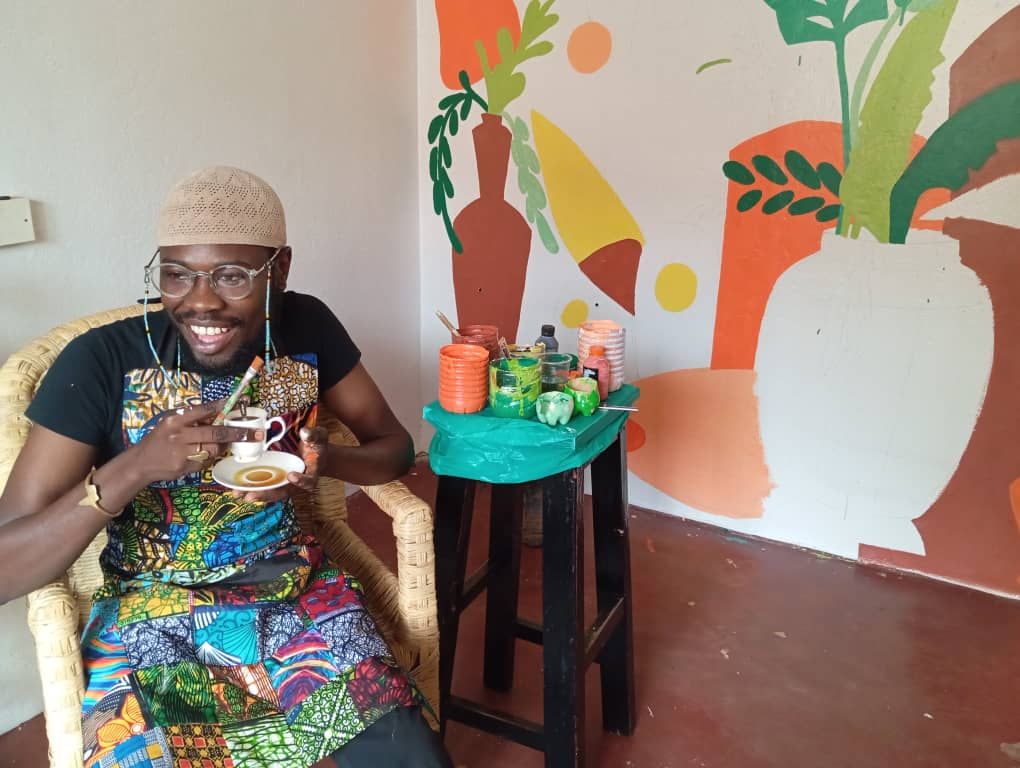
Awafi Organization Exhibition 2024 - Source Hamza Haroun
Hamza Haroun, a visual artist and assistant professor at the Al-Neelain University, Faculty of Fine Arts and Design, faced multiple challenges upon his arrival in Kampala, particularly due to the language barrier and the differences in artistic culture. However, he managed to use this opportunity to enhance his artistic and visual knowledge. Hamza was granted a three-month artistic residency at "32° East," during which he developed artworks reflecting the ongoing conflict in Sudan. He also worked on blending elements of Sudanese visual art with Ugandan artistic culture, which provided him with an opportunity to exchange and blend the two cultures and identify similarities.
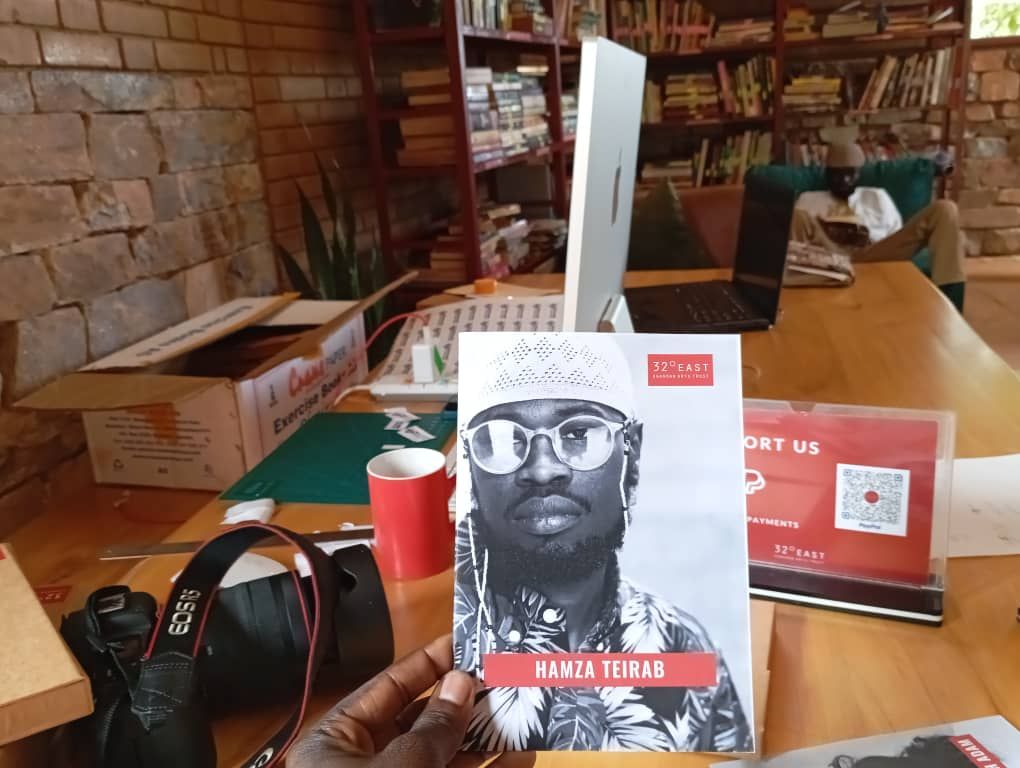
32° East Exhibition, Kampala Uganda - Source: Hamza Harun
Hamza held an art exhibition addressing the issue of the conflict in Sudan, using visual arts as a means to express both suffering and hope. Through his artworks, he presented a narrative that fosters hope and understanding between different cultures, emphasizing the importance of art as a tool for communication.
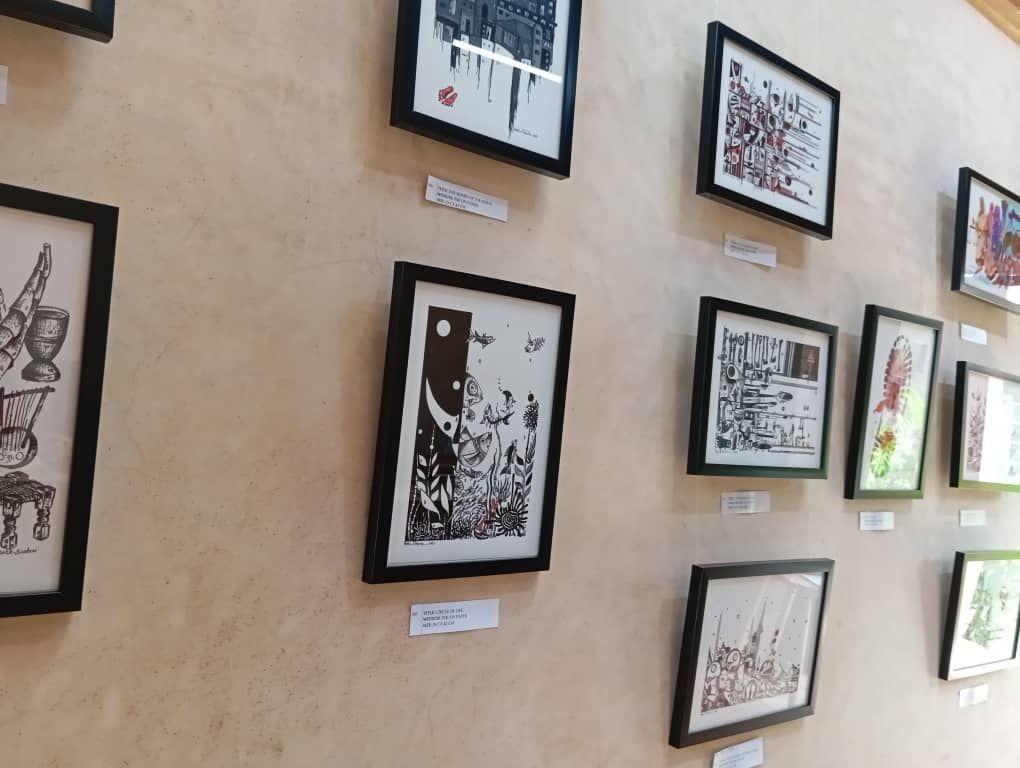
32° East Exhibition, Kampala Uganda - Source: Hamza Harun
Hamza is now considered one of the most distinguished and prominent mural artists in Kampala. He says, "These murals reflect human experiences and enhance awareness of conflict and the feelings of coexistence."
Through his mural Darlene, Hamza explains, "The importance of culture and art lies in shaping the personalities of individuals within society and developing their personal abilities by stimulating imagination and creativity, which increases their social, cognitive, emotional, and human capabilities that, in turn, enhance the individual's societal value in accordance with the foundations of vision."
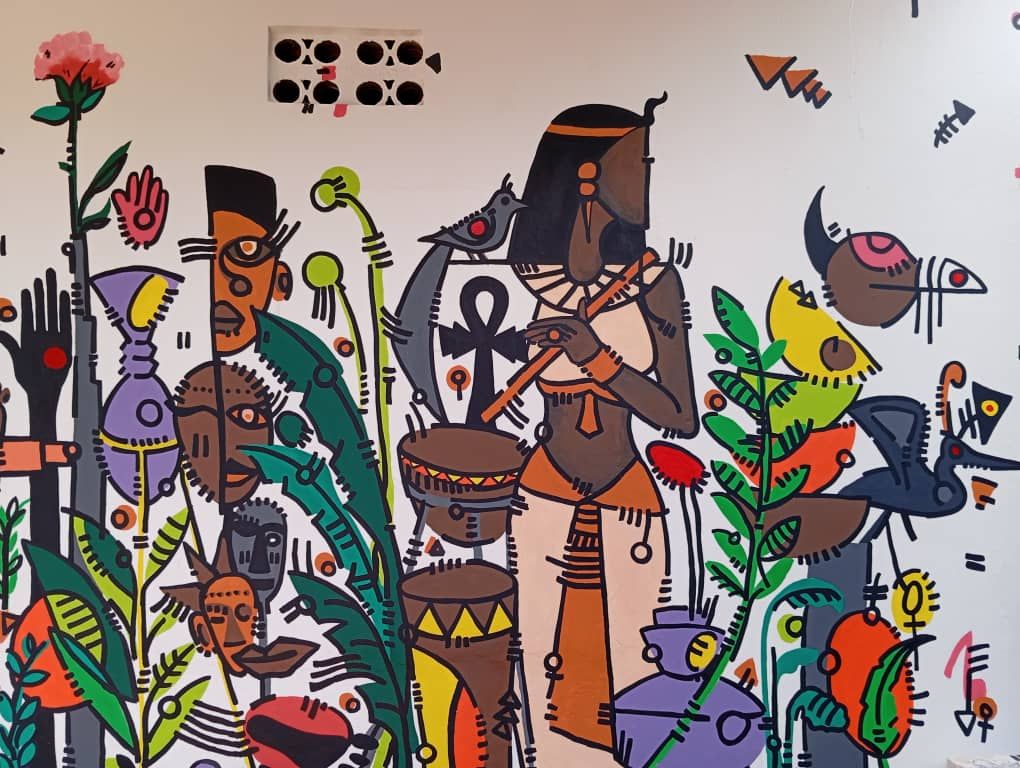
A mural titled "Darlene" - Source: Hamza Haroun
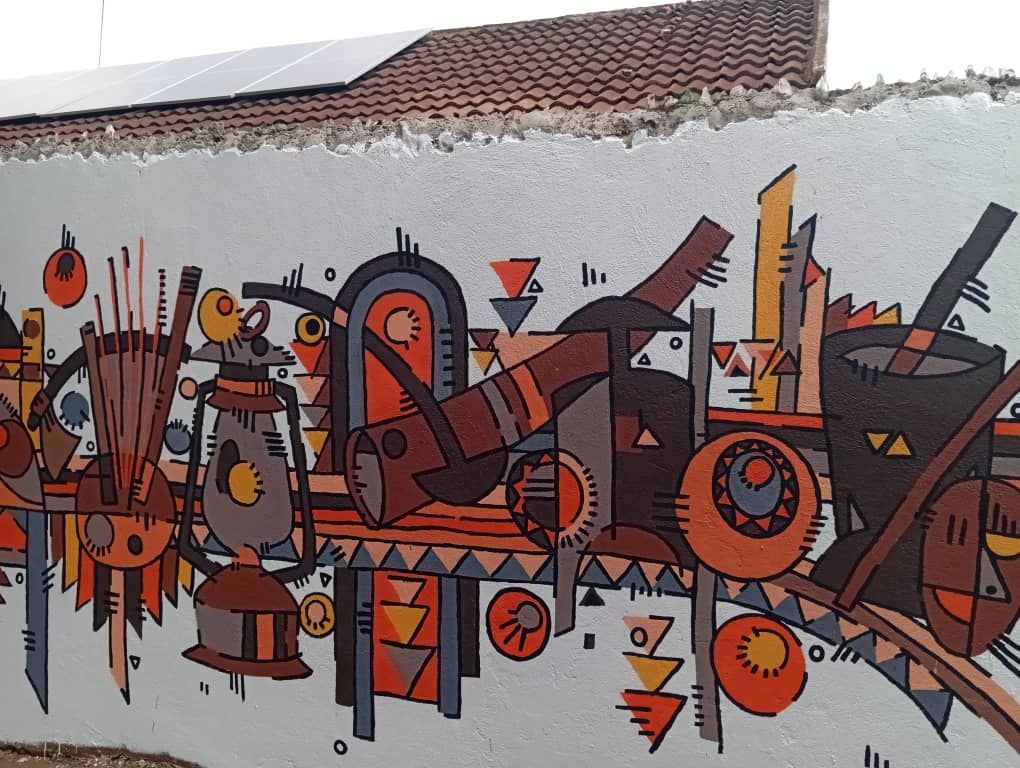
A mural titled "Art for Peace" - Source: Hamza Haroun
Musical Manifestation
What unites Hamza, Al-Taj, and Ammar is the power of visual arts in creating bridges for cultural communication, offering Sudanese refugee artists the opportunity to exchange art and cultures, thus creating a culturally rich reality filled with diverse experiences. They aim to make the visual language a global language around which artists can come together.
However, they all agree that music is the primary language of global arts and the essential tool for conveying cultures and experiences. This is embodied by Sudanese young rap artist Mazen Peter through his songs and lyrics, which connect the various cultural components of the Sudanese people and reflect the similarities he sees in the demographic composition of the peoples of Uganda and Sudan.
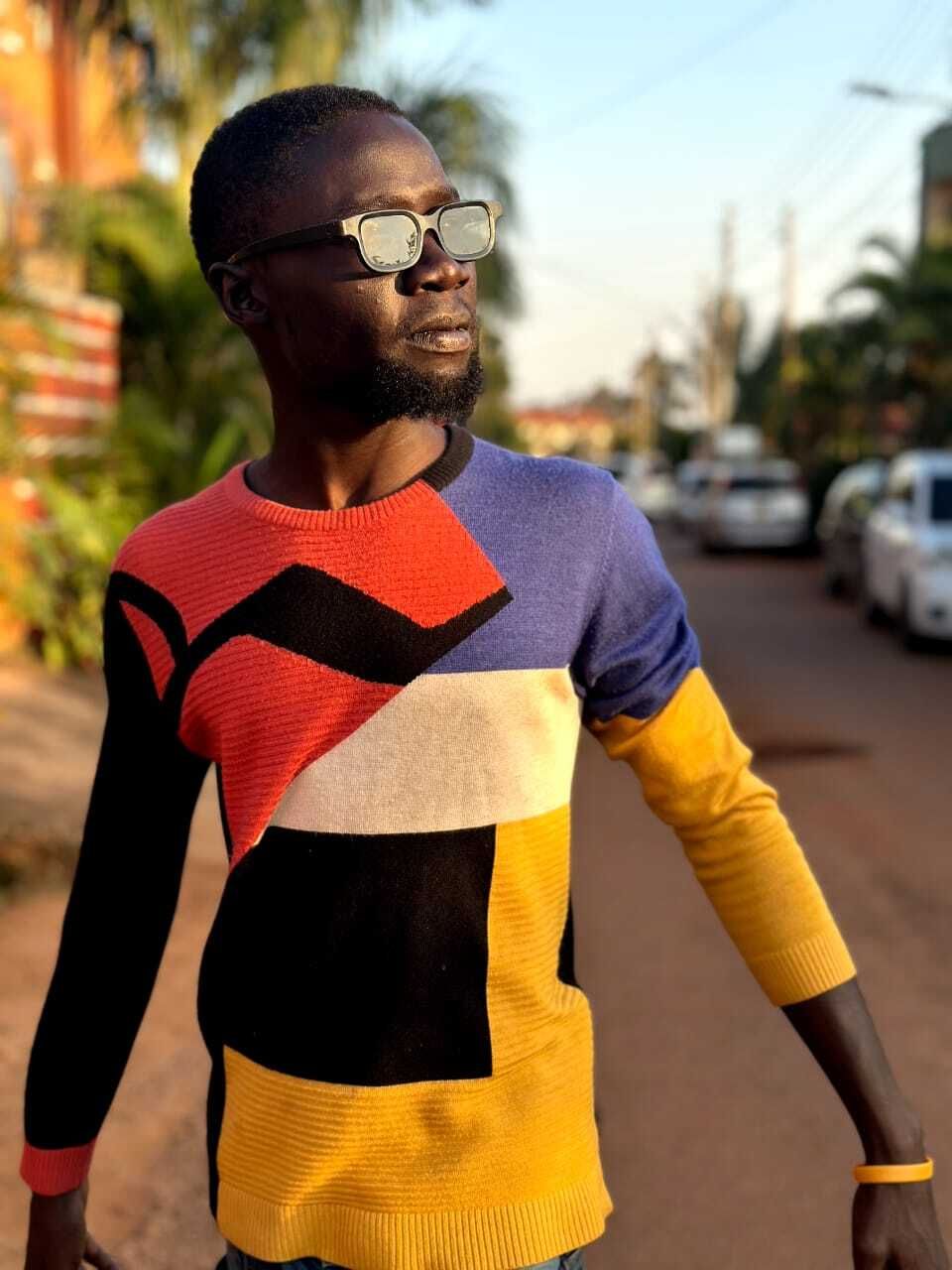
Mazen Peter - Source: The Artist himself
In his song "Hysteria", Peter uses Ugandan slang to convey a powerful message, saying:
"Ssebo youz boda boda go find a job
Don't come to my room make kisara in a tokol"
The term "Ssebo" in Ugandan slang means "young man," and "boda boda" refers to motorcycles, which are a common mode of transportation in Uganda. What Peter is trying to describe through this verse is a call to Sudanese refugee youth to strive for work and avoid surrendering to despair. He contrasts this with those who sit idly, waiting without work or the ability to face a new reality, using the image of them sitting in the tokol—a traditional Sudanese cooking space where food is prepared.
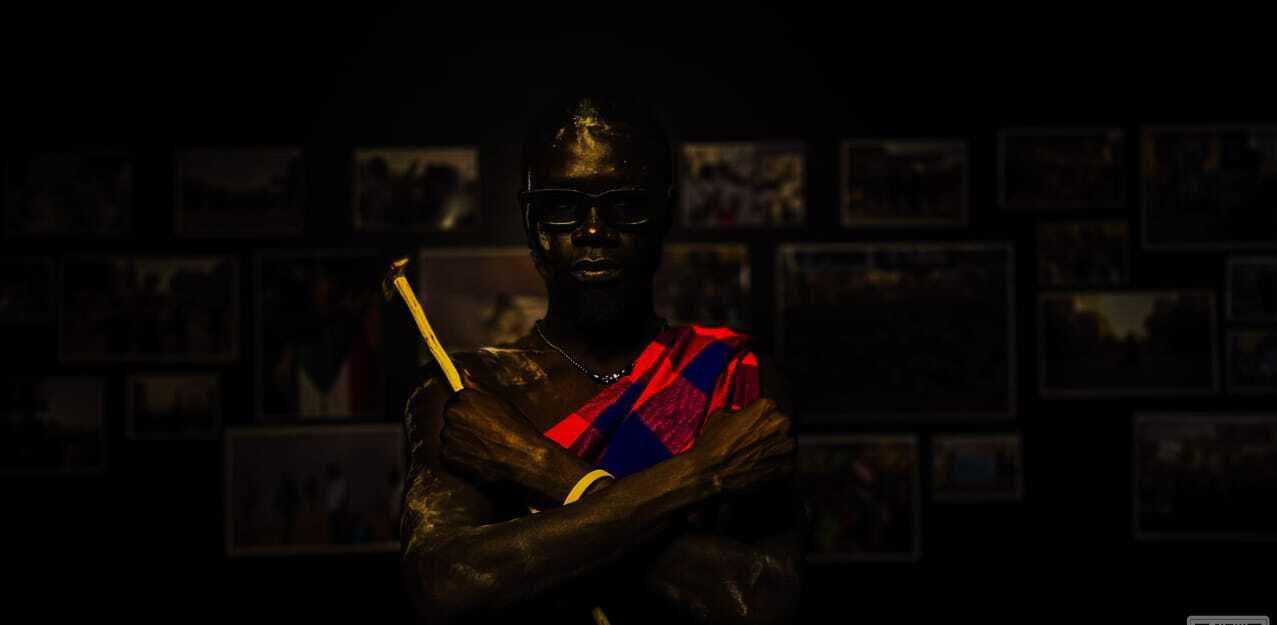
The photo is from the song "War and Peace" - Source: Mohammed Al-Taj
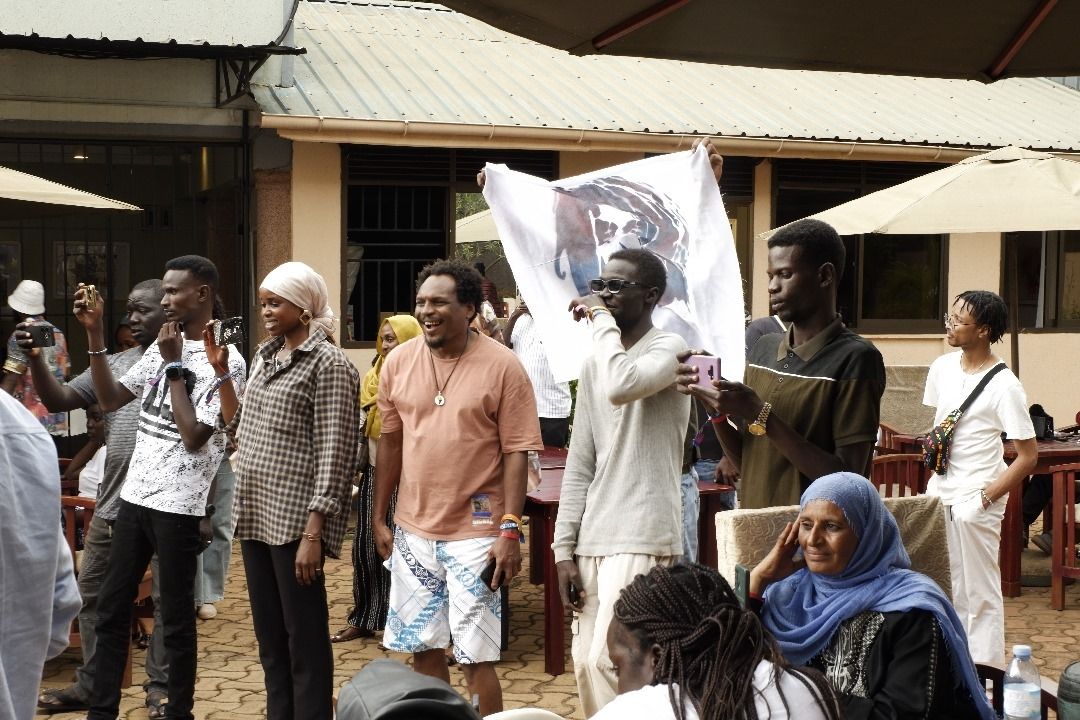
"Nyege Nyege Festival 2024" - Source: Mazen Peter
Art is one of the gateways that transports individuals to worlds of peace, love, and the promotion of coexistence and harmony between peoples. This is what Sudanese refugee artists currently in Uganda are striving to achieve, handling their work with great responsibility amid the harsh realities faced by most young people both inside and outside Sudan.
The shining point is Kampala’s acceptance of this diversity and its creation of a bridge for communication through exhibitions, artistic residencies, and local and international festivals. This has opened the door for their participation, allowing them to create a cultural canvas that unites differences in a harmonious form, which can be described as African art.
